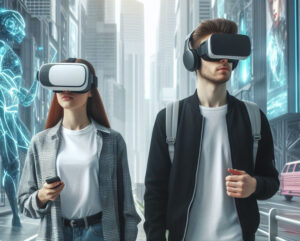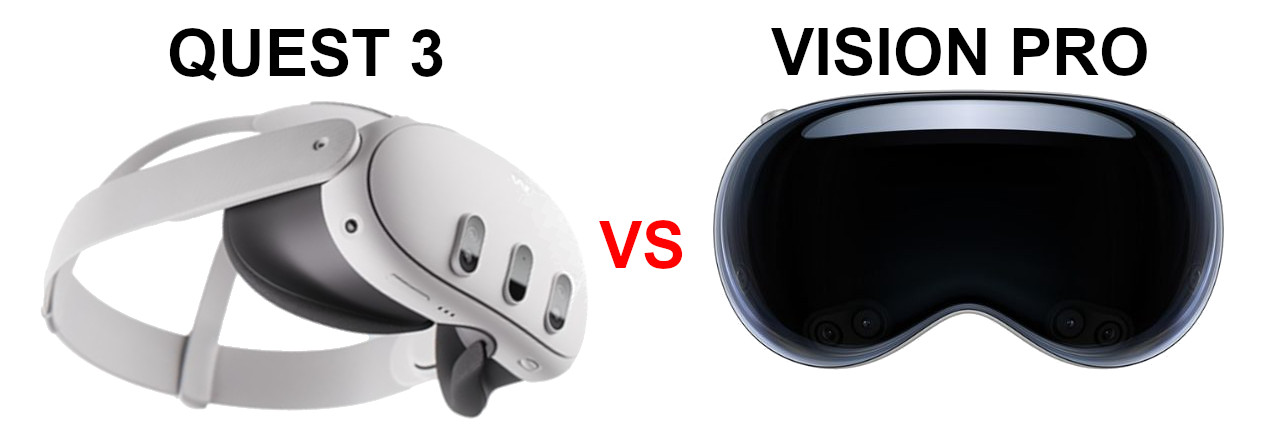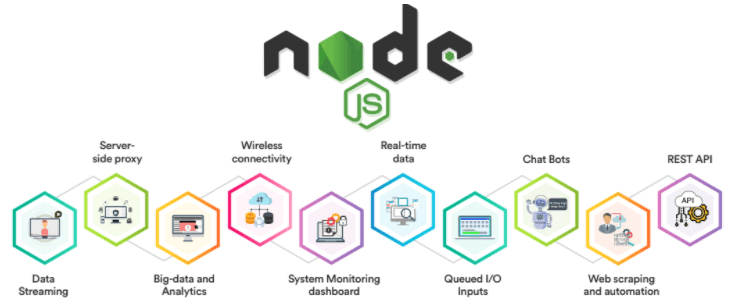Apple Vision Pro vs Meta Quest 3: A Comparative Analysis
In the world of mixed-reality headsets, the Apple Vision Pro vs Meta Quest 3 stand out as two leading contenders, each offering a unique blend of virtual and real-world experiences. While both devices share similarities in their approach to blending virtual and real environments, they also have distinct features and capabilities that set them apart. Let’s take a closer look at these two devices and explore their differences and similarities.
Design and Features
The Apple Vision Pro vs Meta Quest 3 are standalone VR headsets with mixed-reality passthrough capabilities. Both headsets feature arrays of cameras on the outside that capture the real world and display it on screens inside the headset. They also use depth sensors to mesh the real world with virtual objects.
The Vision Pro feels like an iOS device in mixed-reality headset form, with fantastic displays and multitasking capabilities. Its eye and hand tracking features, combined with virtual Persona avatars, offer a unique and immersive experience. However, the Quest 3’s color camera quality, while improved from its predecessor, still lacks the sharpness of the Vision Pro’s cameras. Additionally, the Quest 3 can only run one app at a time, while the Vision Pro can multitask with many apps simultaneously, making it more versatile for office use.

Work and Productivity
The Vision Pro has a clear edge with its access to thousands of iOS apps, which can be opened and multitasked in a virtual environment. Apps like FaceTime, Zoom, Slack, and Microsoft Office run smoothly on the Vision Pro, making it a viable tool for work-related tasks. In contrast, while the Quest 3 also supports some 2D apps, its OS isn’t as seamlessly integrated with Google’s ecosystem, requiring more effort to sign in to apps individually.
Gaming
When it comes to gaming, the Quest 3 excels as a VR game console, with support for a wide range of games and the ability to connect to a Windows PC for additional gaming options. The Quest 3’s included controllers are excellent for gaming, providing precise input and vibration feedback. On the other hand, the Vision Pro has a limited selection of games and relies solely on eye and hand tracking for input, which may not be as immersive for gaming purposes.
Fitness and Health
For fitness enthusiasts, the Quest 3 offers a more robust ecosystem of fitness apps and games, making it a preferred choice for fitness-focused activities. Apps like Supernatural, which use holograms of real trainers and pair with an Apple Watch for heart-rate readings, are popular among Quest users. While the Vision Pro also has some fitness apps, its weight and battery pack make it less suitable for extended fitness sessions.
Video and Entertainment
In terms of video playback, the Vision Pro offers a superior experience, with its displays creating a cinema-like experience for movies and videos. The Quest 3, while capable of playing videos, does not match the visual quality of the Vision Pro. However, the Quest 3 has the advantage of being able to play 360-degree and VR180 video content from YouTube and other sources, which the Vision Pro currently does not support.
Future Outlook
Looking ahead, the Vision Pro’s potential lies in its ability to blend the real and virtual worlds more seamlessly, with room-tracking sensors and iOS framework that enable enhanced collaboration and sharing in virtual spaces. However, the Vision Pro is still in its early stages, and its full potential has yet to be realized. In contrast, the Quest 3 is a more mature platform with a robust ecosystem of apps and games, making it the more practical choice for those looking to explore mixed reality today.
The Apple Vision Pro and Meta Quest 3 offer compelling mixed-reality experiences, each with its own strengths and weaknesses. The Vision Pro excels in productivity and multitasking, while the Quest 3 shines in gaming and fitness. Ultimately, the choice between these two headsets will depend on the user’s priorities and preferences. As the technology continues to evolve, we can expect even more exciting developments in the field of mixed reality.





